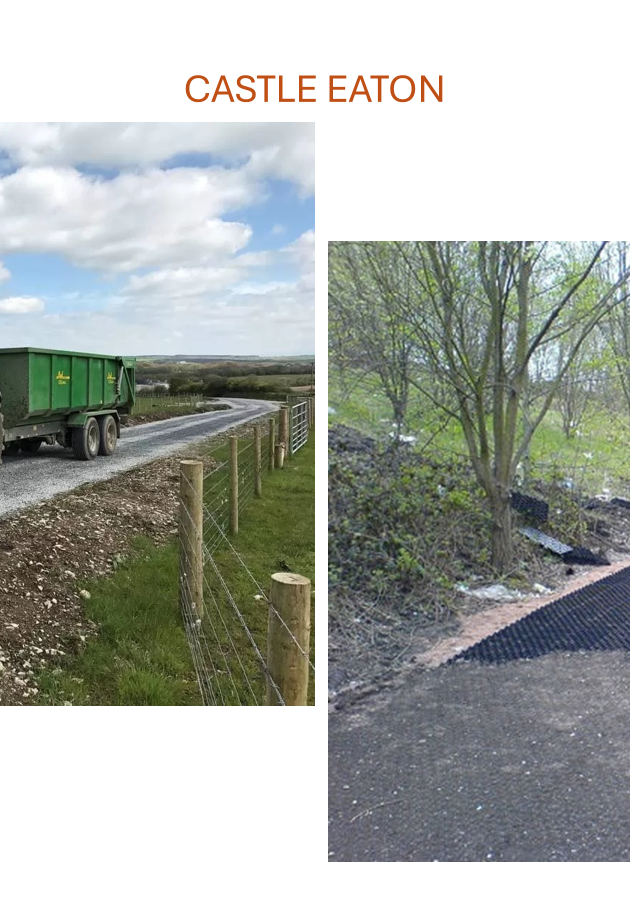Castle Eaton Biogas: Advancing Renewable Energy for a Greener Future
At Castle Eaton Biogas, our team brings extensive expertise in developing renewable energy technologies, with a focus on anaerobic digestion (AD) plants. We are committed to building AD facilities that convert organic produce and agricultural residuals into clean, sustainable energy. This renewable energy project will play a vital role in decarbonising the UK’s energy network, helping to create a greener and more sustainable future.
Anaerobic digestion is a key technology helping advance the UK towards its Net Zero targets. By transforming organic materials into green energy, Castle Eaton Biogas will make a significant contribution to reducing greenhouse gas emissions and addressing the country’s energy challenges. This project will not only deliver clean energy solutions but also create local employment opportunities, supporting both the economy and the renewable energy sector.
Once operational, this new AD plant will have the capacity to produce enough green energy to supply over 28,000 homes in the local area. The biomethane produced will be injected into the national gas grid, directly replacing the equivalent amount of fossil fuel-derived natural gas.
To learn more about anaerobic digestion, our project, and the planning permission process, please explore our website. If you have any questions, don’t hesitate to get in touch using the enquiry form at the bottom of the page. Our team is here to assist you.
Together, let’s power a cleaner, greener future with Castle Eaton Biogas.


The Proposal
Plans have been submitted for the development of an anaerobic digestion (AD) plant, Castle Eaton Biogas. If approved, the plant will have the capacity to deliver approximately 600 cubic metres of green biomethane per hour directly into the national gas grid, using locally sourced organic produce and agricultural residuals.
This project will play a vital role in supporting the UK government’s commitment to achieving Net Zero emissions by 2050.
Anaerobic digestion is a natural process where organic materials are broken down by microorganisms in the absence of oxygen, producing biomethane – a clean, renewable alternative to fossil fuel natural gas.
With the pressing need to reduce fossil fuel reliance and greenhouse gas emissions, Castle Eaton Biogas will make a significant contribution to the transition towards a greener energy system. By processing locally sourced organic produce and agricultural residuals, the plant will enhance energy sustainability while promoting a circular economy in the region.
Delivering renewable biomethane to the grid, Castle Eaton Biogas will replace non-renewable fossil fuels, helping to reduce carbon emissions, support energy security, and contribute to a cleaner, more sustainable future.
Site Plans:
Considering your comments
The team at Biomethane Castle Eaton appreciates that there have been some concerns surrounding the possible construction and operations of the plant from the local community.
Please complete the contact form if you have any comments.